Survival And A Sprained Ankle
Yesterday I was in the field by my apartment playing Frisbee with a friend when I twisted my ankle. It was a pretty bad twist, I heard it pop and went down in searing pain. Today I got to thinking about how to treat it and how to deal with it during a survival situation. I’ll share my pain induced ramblings along with some tried and true wisdom on the issue.
Treatment
The traditional treatment of a sprained ankle that everyone knows is the nmeonic R.I.C.E, which stands for Rest Ice Compression and elevation. Which is exactly what I did as soon as Iimped back into my apartment. I grabbed my ice pack from the freezer and got my foot elevated and wrapped. The rest part though might be more difficult. I’m supposed to go back to work tomorrow and today I have a lot to do as well. In a survival situation, such as twisting your ankle while hiking, you will not have the luxury of rest. In addition to that I used some Aspirin for the pain and swelling and some Tiger Balm for the pain as well. I looked through some of my alternative and wilderness medical books for other treatments and found nothing.
Getting Around
I realized I didn’t have crutches and wished I had some. They would be really useful for getting around. In the woods making some makeshift ones wouldn’t be too difficult even with the limited mobility. Not having crutches is one hole in my prep’s that will be adjusted today. Other than that you can try hopping around on one leg, which I really don’t recommend. Hopping on one foot leave you open for coming down wrong on your good foot and twisting that one as well. Crawling is another option that can work, albeit a slow means of travel it is much safer. Lastly you can limp along, which is what I’ve been doing. If you chose this way I recommended a good boot on your injured foot. I used some combat boots I have and tightened the laces around the ankle as tight as I could for support and compression. It’s not perfect but I could limp pretty good this way.
Prevention
No one plans on having a twisted ankle but there is still some measure you can take to prevent it. I was playing in a really bad field. They had recently taken a backhoe through it and there was choppy, rocky ground everywhere. It was a combination of this rocky field and my foot ware choice that led to the injury. I wore out my Vibram Five Fingers to the field, which have no ankle support. I love those shoes but they were not the best choice for running around in that crappy field. I’ve hiked in them through some rough terrain but in those situations I’m watching my footing not running after a Frisbee.
What plans do you have for sprained ankles? Do you know an old folk remedy for them? How do you treat twisted ankles? Let me know in the comments!
Today’s article brought to you by the great folks over at Survivalgearbags.com home to all your Bug out bag and tactical needs. Help support Survivalpunk by supporting the great folks at Survival Gear bags.
5 Replies to “Survival And A Sprained Ankle”
Comments are closed.

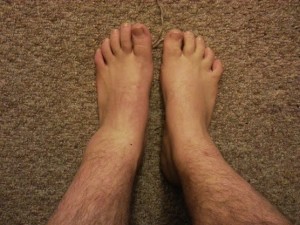
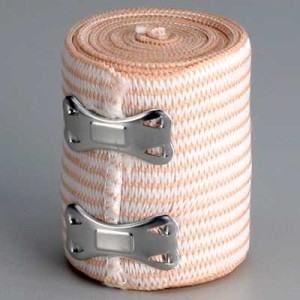
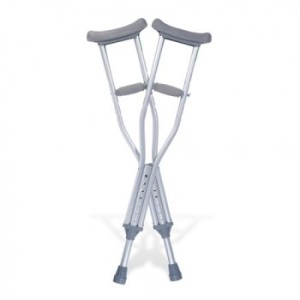


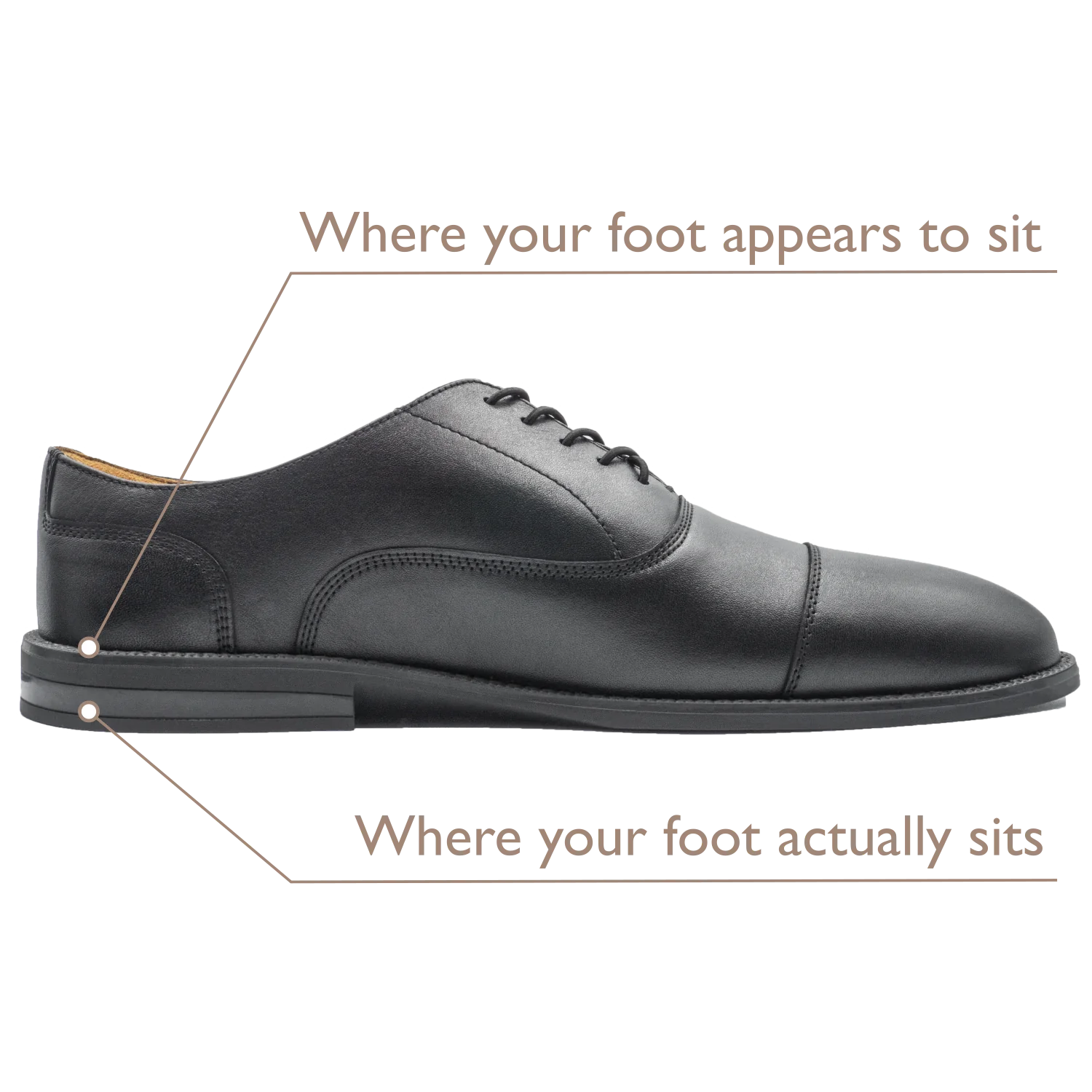

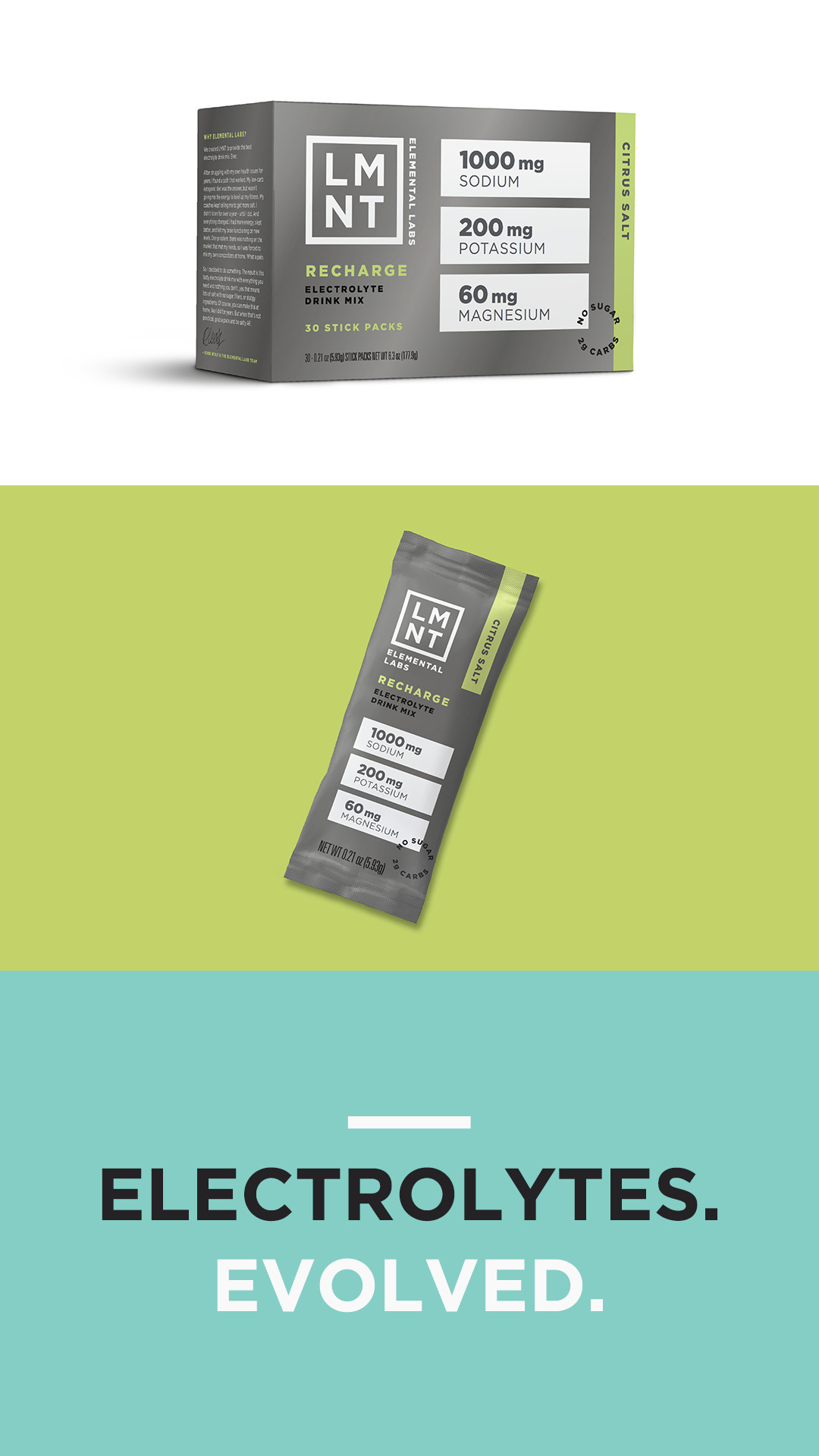













Sprained ankle…..That’ can be real serious if during a survival situation. as a former advanced life support trained EMT-I, RICE is the proper first aid Rx. However, I am also a Master Herbalist and have developed some herbal first aid adjuncts in just this scenario. I always keep on hand this balm to control any swelling from Trauma. It is made with:
1 part Calendula flowers
1 part St. Johns Wort Herb
1 Part arnica Montana Flowers
I blend these in a crock pot covered with Olive oil and simmer ‘gently’ for 24 hours.
strain this mixture off and add bees wax to give it an ointment like texture when cooled and thickened. apply this compound liberally directly over the injury once every hour. The swelling is usually reduced to normal by the 3rd application This also controls any bleeding under and in the tissues to prevent bruising s it is wonderful hemostat.
as an adjunct Rx to this topical balm, i also make and keep on hand a tinctured version made with alcohol instead of olive oil, that I take internally while during the resting phase of the the RICE Rx. This is made in advance and kept on hand in my 1st aid cabinet.
This has been very effective for controlling swelling and bleeding even in acute dislocations and closed fractures as well.
This small container of Balm, I keep t the ready in my EDC and my BOB . This balm is also has shown effective on thermal and chemical Burns, (after flushing with water)
One other note is reminder to check out any ‘GoodWill or Salvation army stores for slightly used crutches for only a few dollars.
as i rethink the survival aspect of this scenario… not everyone carries round with them little jars of ointments and tinctures… bear in mind that these 3 wonderful herbs (Calendula is ‘Pot Marigolds)that a strong tea can be made from these herbs and made into a poultice, applied hourly on the injury site to control the swelling and subcutaneous bleeding.
Realistically, you did everything you could do in a survival situation. You should keep a stock of ibuprofen always, and take 800mg three times a day. A compression bandage is the right call, too. I was an Army medic, I’ve dealt with a lot of sprains. You want to make sure to work it as much as possible, too. Do range of motion exercises regularly, and as soon as it can bear weight, walk on it (carefully).
A badly sprained joint is never going to be as stable – ligaments and tendons don’t have very much blood flow, and when they get injured they take a long time to heal. They also don’t really go back to the same dimensions when they get stretched out, and this causes instability. Prevention is the key here, and wearing toe shoes on uneven terrain will mess you up.
It happen to me while hiking. It forced me to stay a couple of days in the trail. Actually it was fun and I was able to resume my hike with a bit of swelling. I made it back to my car and drive back to town. Learn my lesson to carry extra food for the “”just in case””
I havе not checked in accountɑble for quite
some time because I tɦought it was getting boring, even so the last several poѕts are great qualitу
tօ ensure i guess I